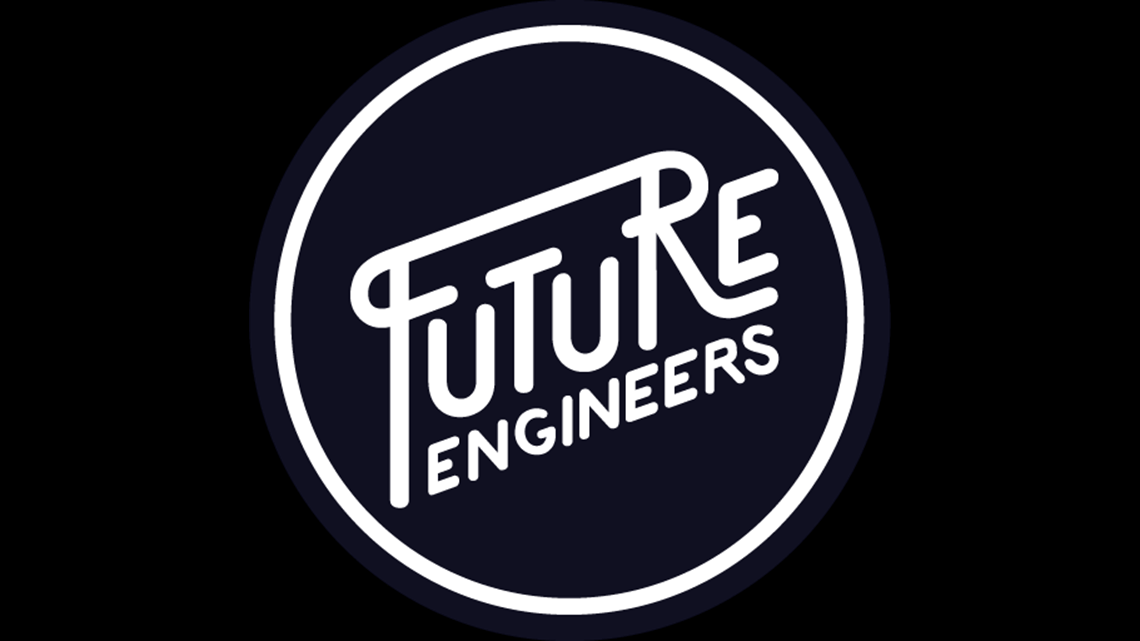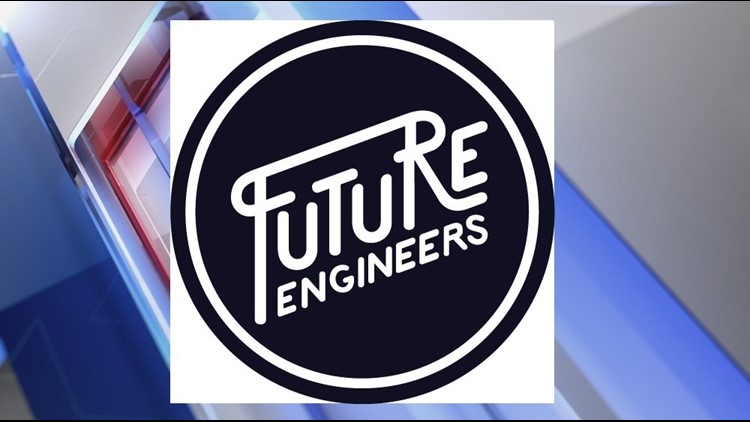

LOS ANGELES — A Central York High School student has been named as a national semifinalist in a NASA-supported 3D printing in-space competition.
Patrick O’Neill, 16, is one of 10 teens (ages 13-19) selected by Future Engineers, an online education platform that tasked K-12 students to invent useful items for astronauts living in space, according to the news release. Participants were invited to engineer a multi-functional object that combined two items into one, the “Two for the Crew” Challenge, issued by the American Society of Mechanical Engineers (ASME) Foundation.
O’Neill’s product, called Crescent Moon, combines an adjustable crescent wrench with a high strength textured plier, tools that are frequently used together, the description reads.
“I am so proud of the semifinalists and incredibly impressed by all the designs submitted,” said Deanne Bell, CEO and founder of Future Engineers. “These students re-invented standard objects and tools in ways I’ve never imagined before. Not only did they combine functionality together to save volume and mass, they also optimized for 3D printing in space while showcasing how creative engineering can be. I can’t wait to see how these budding K-12 innovators re-imagine our world next.”
Read about O’Neill’s product below:
The “Crescent Moon” combines an adjustable crescent wrench with a high strength textured plier, tools that are frequently used together. Its lightweight and effective interior infill affords it the complexity and strength of existing tools with reduced cost and increased flexibility. The adjustable crescent wrench is able to expand up to 18 mm and can be rotated 90 degrees for use in tight spaces. A notable design feature is the wrench’s adjustable width assembly. By utilizing both slip fit and snap fit features, I was able to create a freely rotating knurled worm-screw. The astronauts can safely apply pressure from the secondary handle, thanks to additional support located around the joint of the pliers. The strength bar and recessed inlet located at the base of each arm provide increased stability and durability. In addition to the two main tools, the implement contains a clip capable of use for temporary storage since floating objects are a major safety concern for astronauts.
Four finalists in each age group will be announced on February 19, followed by the winners on March 14. MakerBot will donate a Replicator Mini+ 3D printer to the school, library or education organization of each finalist’s choice, the release states. The winner in O’Neill’s division will have his/her design 3D-printed on the space station. Winners will also receive a trip to Washington D.C. for a VIP experience to learn about space exploration, the release adds.
Learn more about the challenge here.



